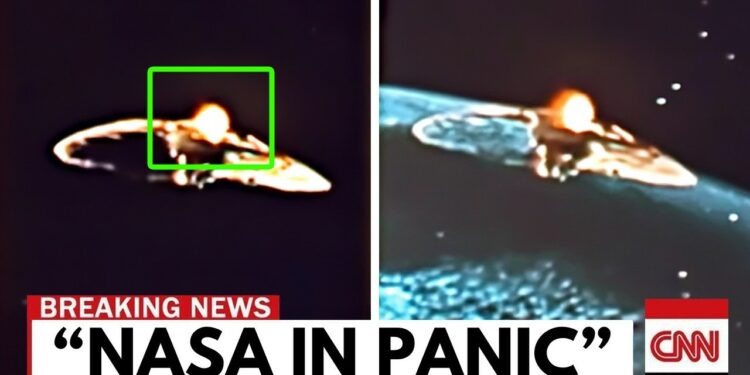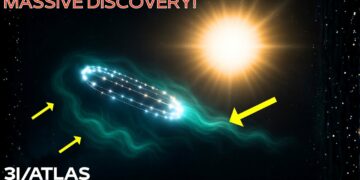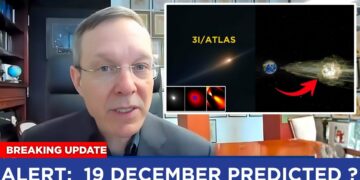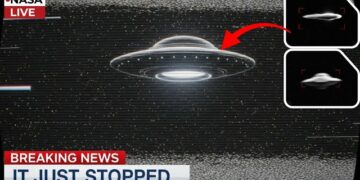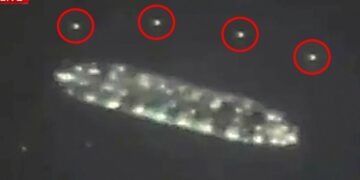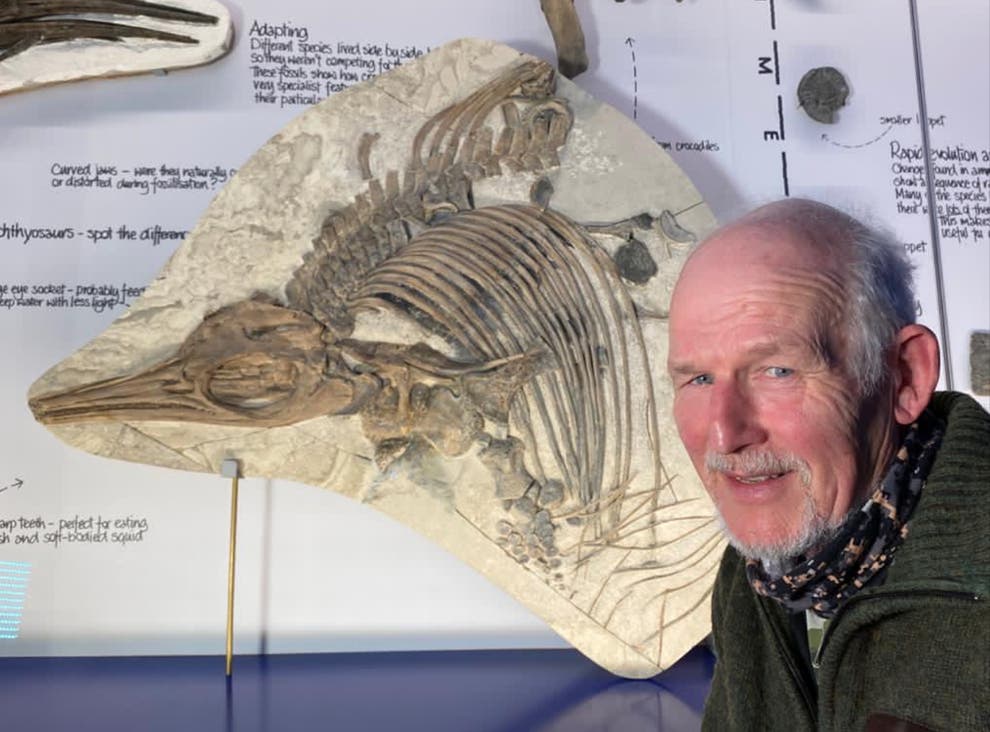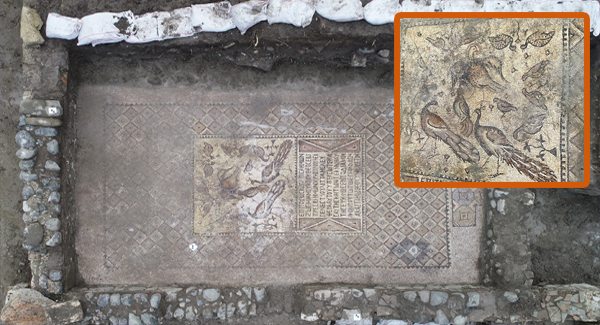NASA’s Voyager 2 spacecraft has sent back its first message from interstellar space, a milestone that stunned scientists. Launched in 1977 with an expected lifespan of 5 to 10 years, Voyager 2 has defied the odds, surviving nearly half a century of solar radiation, cosmic dust, freezing temperatures, and vast distances. Now, it has joined Voyager 1 as one of the first human-made objects to cross the boundary where the Sun’s influence ends and the galaxy begins, revealing shocking discoveries about a mysterious frontier.
Voyager 2 detected abrupt changes in plasma density, temperature, and radiation levels, signaling it had crossed an invisible threshold into interstellar space. Unlike the gradual transition scientists expected, the shift was sharp, like stepping through a door. This boundary, called the heliopause, marks the edge of the heliosphere—the Sun’s protective bubble of solar wind and magnetic fields. Beyond it, conditions turned hotter, with a 70% spike in galactic cosmic rays and a surprising alignment of the Sun’s magnetic field with the interstellar field, challenging decades-old theories.
The heliosphere acts like a shield, deflecting cosmic rays that could damage spacecraft or biological tissues. Voyager 2’s data revealed a dynamic, irregular boundary that shifts with the Sun’s 11-year cycle, expanding during high solar activity and contracting when quieter. Voyager 1 crossed at 119 astronomical units, while Voyager 2 crossed at 121, suggesting a non-spherical, comet-like shape influenced by solar and interstellar forces.
Beyond the heliosphere, Voyager 2 encountered a turbulent environment with intense cosmic rays and magnetic fluctuations, hinting at distant galactic events like supernovae. A 2019 blackout briefly silenced the craft, possibly due to aging hardware or interstellar conditions, but it autonomously recovered. Some data spikes don’t align with known phenomena, fueling speculation about uncharted cosmic features, though scientists attribute most to natural boundary dynamics.
The sharp transition and field alignment suggest the heliosphere is a structured interface, not a vague fade-out. This discovery redefines our understanding of the solar system’s place in the galaxy, showing it as a sheltered bubble within a layered, energetic cosmos. Voyager 2’s findings impact future space exploration, highlighting the need for robust shielding against interstellar radiation. The craft carries a golden record with Earth’s location, a bold gesture some view as risky, though NASA attributes the boundary’s stark nature to known physics, not cosmic “watchers.”
As Voyager 1 and 2 provide real-time data, they reveal a dynamic, adaptive frontier shaped by solar cycles and galactic pressures. This structured yet surprising universe challenges old assumptions, offering a new perspective on our cosmic neighborhood and the protective role of the heliosphere.

